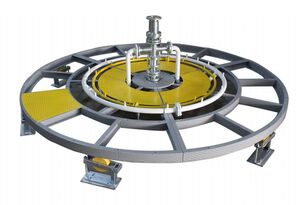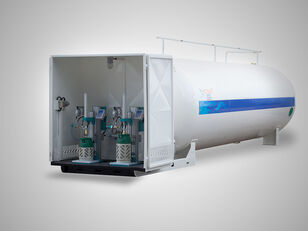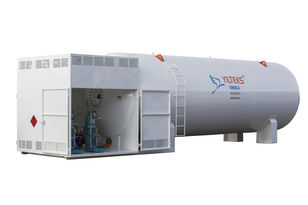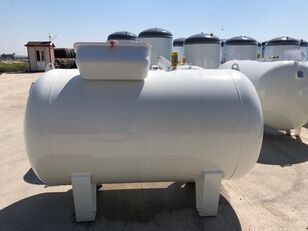New Harsan 2025 LNG Storage Tank gas equipment










If you decide to buy equipment at a low price, make sure that you communicate with the real seller. Find out as much information about the owner of the equipment as possible. One way of cheating is to represent yourself as a real company. In case of suspicion, inform us about this for additional control, through the feedback form.
Before you decide to make a purchase, carefully review several sales offers to understand the average cost of your chosen equipment. If the price of the offer you like is much lower than similar offers, think about it. A significant price difference may indicate hidden defects or an attempt by the seller to commit fraudulent acts.
Do not buy products which price is too different from the average price for similar equipment.
Do not give consent to dubious pledges and prepaid goods. In case of doubt, do not be afraid to clarify details, ask for additional photographs and documents for equipment, check the authenticity of documents, ask questions.
The most common type of fraud. Unfair sellers may request a certain amount of advance payment to “book” your right to purchase equipment. Thus, fraudsters can collect a large amount and disappear, no longer get in touch.
- Transfer of prepayment to the card
- Do not make an advance payment without paperwork confirming the process of transferring money, if during the communication the seller is in doubt.
- Transfer to the “Trustee” account
- Such a request should be alarming, most likely you are communicating with a fraudster.
- Transfer to a company account with a similar name
- Be careful, fraudsters may disguise themselves as well-known companies, making minor changes to the name. Do not transfer funds if the company name is in doubt.
- Substitution of own details in the invoice of a real company
- Before making a transfer, make sure that the specified details are correct, and whether they relate to the specified company.
Seller's contacts



 Turkey
Turkey 




















































Natural gas is composed primarily of approximately 90% methane, along with ethane, propane, butane, and other hydrocarbons. When natural gas is cooled to -162°C under atmospheric pressure, it undergoes condensation and transitions into a liquid phase. This transformation from gas to liquid gives rise to the term ‘Liquefied Natural Gas’ (LNG). During the liquefaction process, impurities such as carbon dioxide, sulfur compounds, and water, which can adversely affect combustion, are effectively removed. This purification enhances the purity and efficiency of the liquefied natural gas.
The volume of natural gas is significantly reduced, approximately 600 times, as it shifts from the gaseous phase to the liquid phase. This characteristic enables the transportation of large quantities of natural gas at low pressures, providing a viable solution for areas located far from natural gas pipelines. LNG addresses the energy needs of diverse environments such as schools, factories, mining areas, metal enterprises, residential areas, and more. Solutions tailored to each case are developed, considering the distinct energy requirements of these various settings.
In LNG tanks, all necessary markings compliant with CE, Π, and relevant standards are meticulously adhered to
APPLICATION AREAS
LNG storage tanks are essential in the energy sector, specifically for businesses involved in the production and storage of Liquefied Natural Gas. Industries such as natural gas processing plants, energy production, and LNG terminals rely on these tanks for efficient and safe storage.
LNG STORAGE TANKS GENERAL FEATURES
TYPE: STORAGE
DESIGN STANDARDS: EN 13458 – ASME SEC VIII DIV 1
PRODUCT: LNG
DESIGN PRESSURE: -196 °C / +50°C
DESIGN TEMPERATURE: 3 BAR – 9 BAR
VOLUME: 1M3 – 200M3
INSULATION: PERLİTE + VACUUM